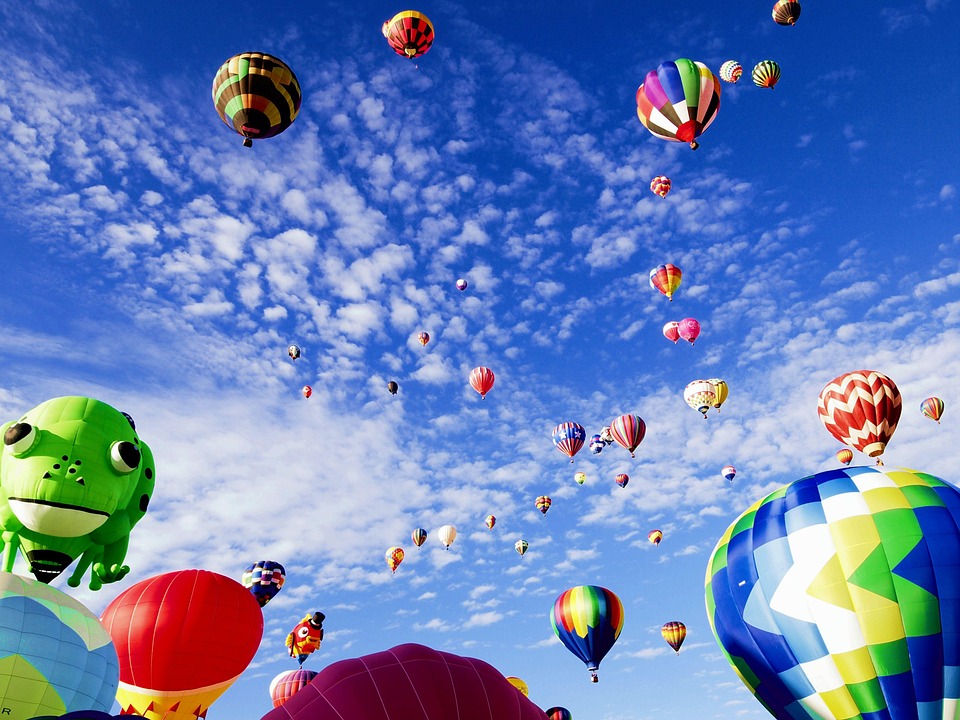Visitors can explore the 80th anniversary of the UN history to advance peace, human rights, sustainable development and climate action and see how the work of the United Nations system has an impact on the lives of all people around the world.
Naomi Ichikawa (on the left) welcomes the 10,000th visitor to the United Nations Pavilion in April, just five days after the opening of the 2025 Expo.
What are the different sections of the pavilion and what they are trying to achieve?
We have four exhibition zones. The first zone represents 80 years of the history of the UN, highlighting the key stages from 1945 to today. It also shows the evolution of the relationship between Japan and the UN.
In the 1940s, after the devastation of the Second World War, Japan was a recipient of the United Nations assistance. But after Japan joined the UN (in 1956), he gradually started taking leadership in different fields, for example in climate change issues, reduction in disaster risks and the supply of universal health coverage.
Zone two shows the work of various United Nations entities. Visitors will note that there are many everyday objects on the wall; A toilet, a helmet, a car seat, a postal box, but they may not realize that these articles are in fact closely linked to the UN work.
Visitors to the United Nations Pavilion explore the “Orb” room.
By pressing the monitor, the elements light up and an explanation is given on its relationship with the work of the UN.
One of the objectives of this area is to demonstrate that the UN does not only concern conflict resolution. In Japan, when the UN is mentioned, many people think of Security advice And ask why Japan is not a permanent member.
We wanted to show in an interesting interactive way that UN work is much more than that.
In zone three, which represents the future, we show through an immersive film, a vision of the sustainable future that we can achieve if we work together. In the film, the UN Secretary General says that this future is not automatic, but it is the one we can achieve together.
The last part of the pavilion is the special exhibition zone which presents the work of different United Nations entities each week.
Why is it important that the UN is here at Expo?
I would say that 90% of Japanese people know the Sustainable development objectives (ODD), but many do not know what they can do in their lives to contribute to the SDGs, or understand the positive role played by the UN by making SDGs a reality in a global context. We therefore considered that it was important to explain this work.
There are around 160 different countries participating in the exhibition and they are there to present their own cultures.
But it is the UN that can encourage countries to work together to reach peace and a sustainable world. Thus, collaboration and multilateralism are key themes of the pavilion.
Why is this message important?
The world is divided right now and you can feel anxiety about it, even in Japan. This anxiety is not only focused on political issues, but also on environmental and other challenges that go beyond the country’s level. At the United Nations pavilion, they can learn more about these challenges but also about solutions.
I am so proud to be part of a team that explains how the UN helps solve these global problems. It is rewarding to interact with visitors and support their UN understanding.
Many are surprised by the range of work in which the organization is initiated, and everyone is inspired by our messages.
What is the most surprising reaction you had from a visitor?
There has been a great interest and a great commitment to the immersive video which envisages a future full of hope that all humanity can appreciate if we work together. It has a very simple message on collaboration which can be easily understood by people of all ages and from all horizons.
Many people have been deeply affected by his message and I have seen moved tears.
A boy participates in an event in the United Nations pavilion to promote the SDGs.
I believe that visitors feel closer to the UN after having lived the video and the rest of the pavilion. I come from Japan and I think a lot of people are surprised to meet a Japanese national working for the UN. It also helps to bring them closer to the UN work.
What is the importance and relevance of an exhibition in today’s world?
There is really no other place like this one, where you can meet people from Uzbekistan, then people next to Malta. I think it is such a rare opportunity, in particular at this time of the Internet, to be able to discover the culture and values of so many different nations.
Initially, the Japanese were somewhat skeptical and critical of the cost of setting up, because they said they could find all the information on the Internet.
However, when they visit, they realize that they can really see, feel and discover different cultures in person. It’s very different to read something on the internet or watch YouTube.
This place is so special and people come here with an open and interesting mind.
I think the time of this exhibition is important because there is so much uncertainty and conflict in the world. At the UN, we are here to promote a better world for all people built on equality, dignity and peace, living in harmony with nature and supporting our planet. We hope to share this positive vision with as many visitors as possible to the end of the exhibition in mid-October.
Originally published at Almouwatin.com








